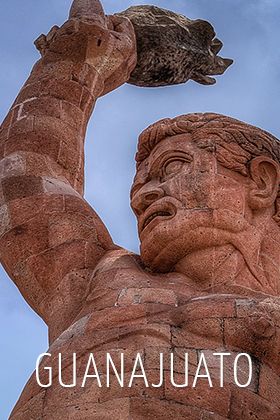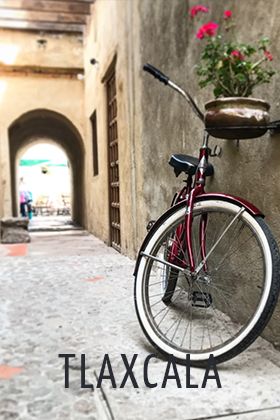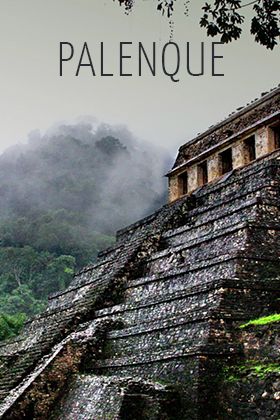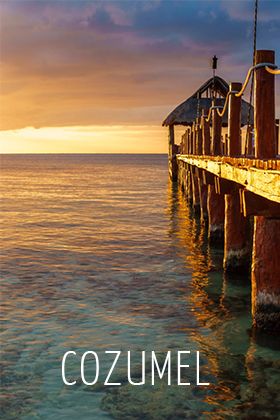Description
The abundance of flowers in the Xalapa region made Baron von Humboldt, who visited the town on February 10, 1804 baptize Xalapa with the name of "City of Flowers". Nothing could be truer for a city that still today has interesting greenhouses and is home to an extensive gamut of exotic plants and flowers.
Xalapa de Enriquez is a beautiful and picturesque city in which beautiful gardens and plenty of radiant flowers prevail and its unleveled streets and buildings conserve a colonial air. The city stands out mainly for its cultural level, since it is host to great artistic manifestations. Also, this place marks memorable episodes in Mexican history: it was the initial point of conquest and invasions, a land where many heroes gave their lives in honor of national glory. During the sixteenth century four indigenous groups established themselves in the territory currently known as the city of Xalapa, although it is not known exactly who these first settlers were.
It is believed that the Totonacas were the first to establish themselves in the northern part of the region, in the skirts of Macuitepetl, founded as the village of Xallitic. But there are differences and some historians believe that it was the Toltecs who arrived and settled in the area during their pilgrimage towards the Yucatan Peninsula and Central America. But whatever the theory, it is known that 3 settlements more were founded after Xallitic by other indigenous groups: Techacapan in the east by the Chichimecas; Tecuanapan in the northeast by the Toltecs and, finally, Tlanecapan in the southwest by the Teochichimecas.
As time went by, these four settlements grew to the point of unifying, forming one population that was named Xallapan. It is interesting to observe that the settlements that gave origin to Xalapa constituted the current neighborhoods of the city that conserve their ancient names.
The Spaniards arrived at the Veracruzan shores: Hernan Cortes and his soldiers brought with them the collision of two worlds and they arrived to the settlement on August 17th of 1519. This marked the stage of conquest. When the Spaniards arrived, Xalapa was scarcely populated. After the conquest, the population increased due to its geographic location, since it constituted a stop in the road from Mexico City to Veracruz. The opening of the route Mexico City-Orizaba-Veracruz took away importance of the city as a place of transit. That standstill changed after the first celebration of the "Xalapa Fair" in 1720, triggering its commercial and cultural growth.
In 1824 Xalapa was declared capital of the State of Veracruz and on November 29, 1830 it was elevated to the category of city by decree. Don Antonio Maria de Rivera founded the National School of Xalapa in 1843, (currently the Preparatory School), the oldest of its kind in the country. On November 1862, during the French invasion, the enemy occupied the city.
The emperor Maximilian of Hapsburg stayed there on his way to Mexico City from Veracruz; and ironically, his body would eventually arrive there on November 27th of 1867 before being transferred to Veracruz for his shipment on the Austrian frigate "Novara" accompanied by his wife Carlota.
By 1885 General Juan de la Luz Enriquez, governor of the entity, transferred the powers of the State to Xalapa and one year later, according to the Swiss professor Enrique C. Rebsamen, founded the Teacher's College, the first school of its kind in the country. In 1888 the Graphic Workshops of the State were inaugurated and in June 1890 the first locomotive for the Xalapa-Coatepec-Teocelo railway arrived. The inauguration of the Teacher's College, construction of the Preparatory School and the later inauguration of other schools, earned Xalapa its cultural recognition.
The architecture that predominates in the place is of neoclassic and discrete baroque cut, such as the Cathedral.
Xalapa also has notable buildings: the Government Palace, the Preparatory School, the Anthropology Museum of Xalapa (the second most important of is type in Mexico), among others, all with the peculiarity of being surrounded by the ancient buildings with roofs colored in bright red.
We can also find different artificial lakes formed with the waters of the Santiago river, where there are piers for smaller vessels, as well as interesting recreational centers and pleasant promenades such as the Clavijero Botanical Garden, Paseo de los Lagos, Macuiltepetl Park and many others.























